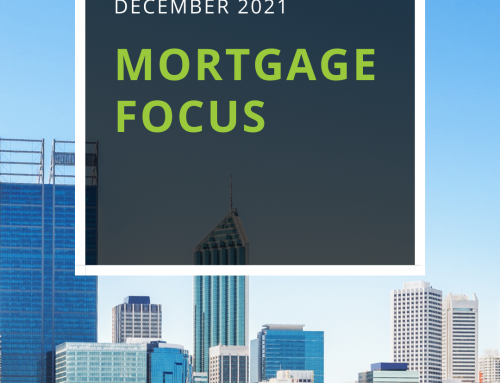 As the favourite Fiorente finally brought home the Melbourne Cup for Australian racing legend Gai Waterhouse on Tuesday, the Reserve Bank of Australia decided to leave the official cash rate on hold at 2.5% for the third consecutive monthly board meeting, in line with expectations.
As the favourite Fiorente finally brought home the Melbourne Cup for Australian racing legend Gai Waterhouse on Tuesday, the Reserve Bank of Australia decided to leave the official cash rate on hold at 2.5% for the third consecutive monthly board meeting, in line with expectations.
The decision follows encouraging improvements in household and business confidence throughout September and October, which is indicated by continuous upward movements in property prices and increases in demand for housing across the country.
Last month, the unemployment rate fell 0.1% to 5.6%, while the Consumer Price Index increased by 1.2% over the September quarter, taking the annual inflation rate to 2.2% – within the Reserve Bank’s target range.
The current cash rate of 2.5% is at its lowest point in 50 years and it is expected the RBA will keep it on hold for several months until March of next year, despite the fact that RBA governor Glenn Stevens remarked in his press release that the Australian Dollar remains “uncomfortably high”.
Governor Stevens warned that “a lower level of the exchange rate is likely to be needed to achieve balanced growth in the economy” as the high exchange rate is currently having a negative effect on commodities markets as well as our export and tourism markets.
Strategists expect the currency will remain high against the US Dollar until the United States Federal Reserve ends its current economic program at the end of the first quarter next year, meaning further cuts to the cash rate in the hope of lowering the Australian Dollar would be futile at this point in time in the face of the US Government’s current economic policy.
However it would appear that further cuts to the official cash rate may be on the cards at some point if the Australian Dollar does not decrease in value by itself. Market analysts have indicated that a more positive economic outlook would be achieved with the Australian Dollar around US$0.79c rather than its current high levels of around US$0.94c.
Nevertheless, analysts agree that the upward movement and return to confidence in the Australian housing market look set to continue and current low interest rates should have a positive effect on new housing construction levels over the next few months.
Australian house prices rose an average of 1.3% in October in response to increasing demand in the housing market. Speculations that low interest rates have caused a housing price bubble have eased in response to the RBA’s decision and indications that low interest rates look set to continue into the first quarter of next year and beyond.
Additionally, the four big banks report that they expect more home loan and business borrowers will emerge to drive up demand for credit, with demand for credit increasing by 3.3% in the year to date according to official RBA statistics.
Current mortgage rates are very low and there are some very competitive prices available as the lenders are gearing up to battle it out for your business in the coming year. If you’re looking to enter the property market or invest in property, now would be an excellent time to consider making a move as positive market trends look set to continue. To find out what all of this means for you and your property purchasing plans, contact us today.





